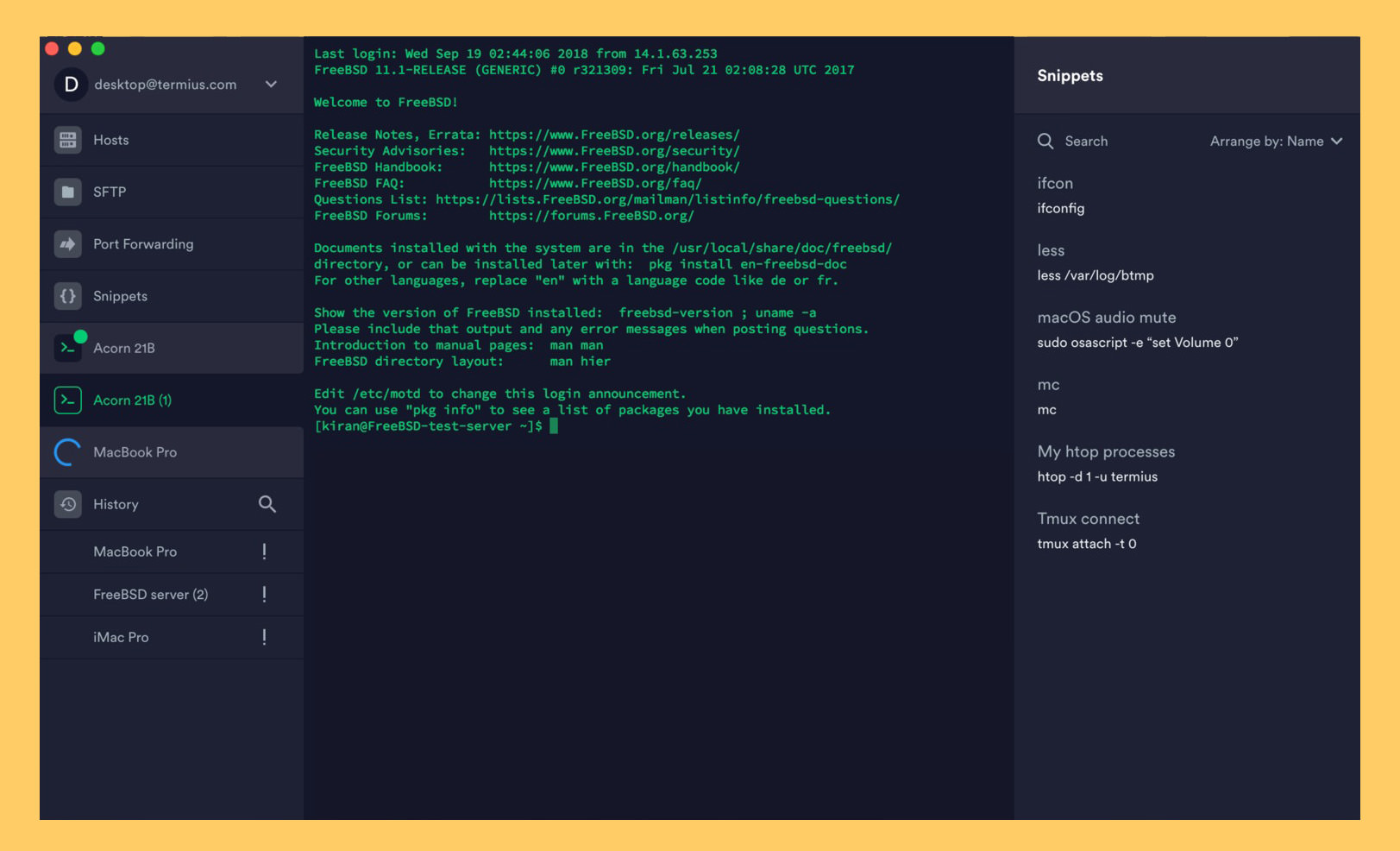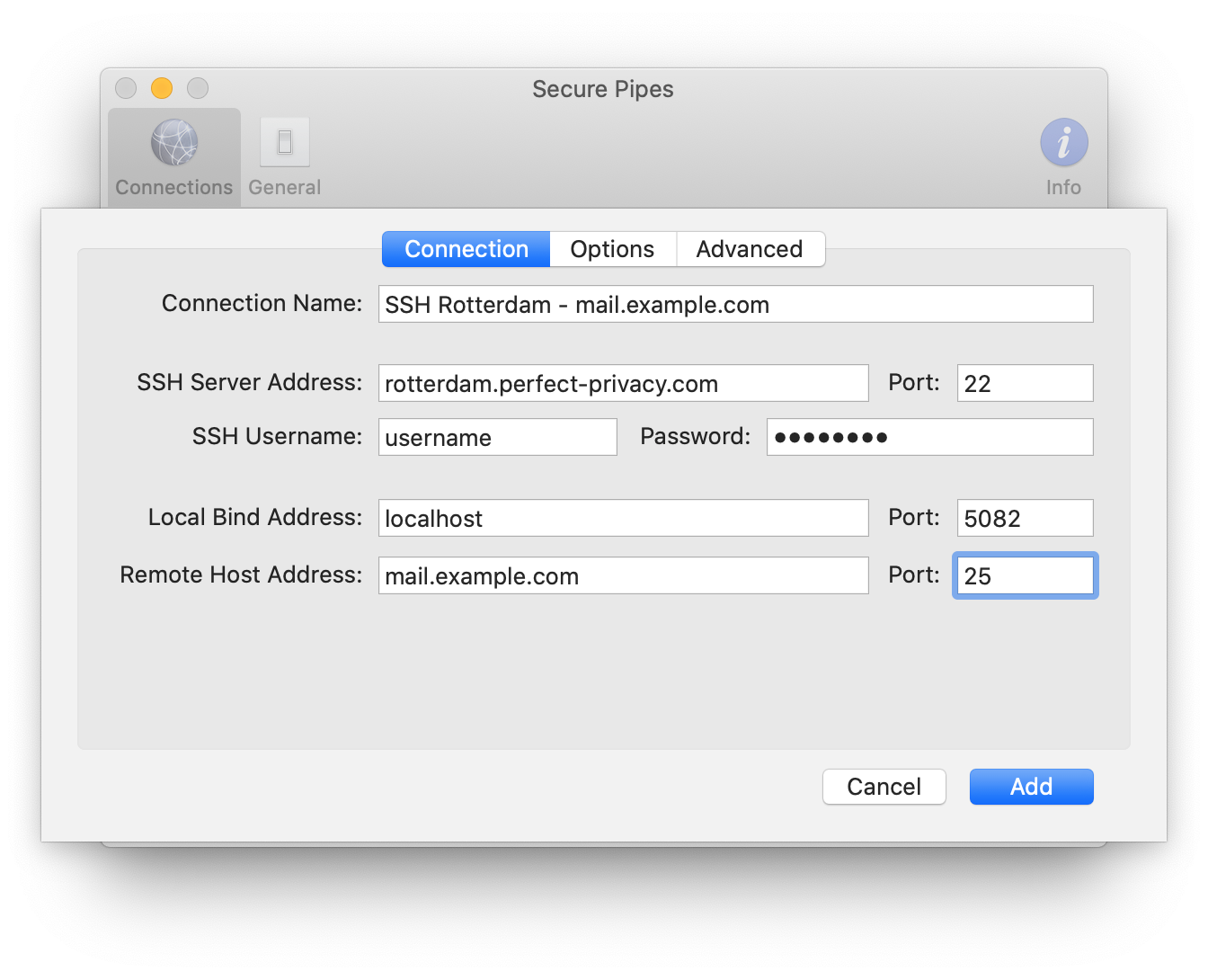Free SSH IoT Anywhere: Download & Set Up On Mac & Windows 10
Are you struggling to securely access and manage your Internet of Things (IoT) devices remotely? Embrace the power of SSH (Secure Shell) to unlock a new level of control and security over your IoT ecosystem from anywhere in the world.
The modern landscape of technology demands secure and efficient remote access. In this era of interconnected devices, the ability to manage IoT devices from afar is not just a convenience, but a necessity. This guide delves into the world of SSH and specifically explores how to leverage "SSH IoT Anywhere" to enhance your digital experience. Whether you're a seasoned tech professional, a budding developer, or simply a curious enthusiast, understanding how to securely connect to and manage your devices is paramount. We will cover the essentials, providing you with the knowledge and tools to set up and maintain a robust SSH connection, focusing on the Mac platform, while also touching on Windows 10 compatibility.
The core of this approach lies in the power of SSH. It's a cryptographic network protocol, which ensures that all communication between your device and the IoT devices is encrypted. This secure connection is critical for protecting sensitive data and preventing unauthorized access. This article will offer a practical guide, including the process of downloading, configuring, and utilizing SSH "IoT Anywhere". This also delves into best practices and security considerations to ensure your remote access is both effective and safe.
The ability to securely manage devices remotely using SSH is a pivotal skill in today's tech-driven environment. This guide simplifies the complexities, providing you with the insights needed to navigate this powerful technology, making remote management accessible to all.
What is SSH IoT Anywhere?
SSH IoT Anywhere is more than just a tool; it is a gateway to secure and efficient remote management of your IoT devices. It allows you to establish secure connections to your devices from virtually anywhere in the world, all from the comfort of your Mac or Windows 10 device. This is achieved by using the SSH protocol, which provides a secure channel for communication, encrypting the data transmitted between your device and the IoT devices. With SSH IoT Anywhere, you are equipped to remotely control, monitor, and troubleshoot your devices with ease.
Key Benefits of Using SSH IoT Anywhere:
- Enhanced Security: SSH encrypts all communication, ensuring that your data remains protected from eavesdropping and unauthorized access.
- Remote Access: Allows you to connect to your IoT devices from anywhere with an internet connection.
- Efficient Management: Simplifies the process of managing and troubleshooting your devices.
- Cross-Platform Compatibility: Supports both macOS and Windows 10, making it versatile for different user environments.
- Increased Productivity: Reduces the need for physical presence, increasing efficiency and productivity.
Downloading SSH IoT Anywhere for macOS: A Step-by-Step Guide
Getting started with SSH IoT Anywhere on your Mac is a straightforward process. Follow these steps to ensure a successful download and setup:
- Visit the Official Website: Navigate to the official website of SSH IoT Anywhere. Ensure you are accessing a trusted source to avoid potential security risks.
- Locate the Download Section: Look for a download section or a link that indicates the software downloads.
- Select the macOS Version: Find and select the version of the software that is compatible with macOS. This will ensure the software runs smoothly on your system.
- Click the Download Button: Click the download button. The software will begin to download to your computer.
- Installation Process: Once the download is complete, locate the downloaded file (usually in your Downloads folder) and follow the on-screen instructions to install SSH IoT Anywhere.
This easy-to-follow procedure will allow you to quickly download and install SSH IoT Anywhere, equipping you with the tools you need for effective remote management.
Downloading SSH IoT Anywhere for Windows 10
Windows 10 users will find a similar straightforward process when downloading and installing SSH IoT Anywhere:
- Visit the Official Website: Access the official website of SSH IoT Anywhere or your chosen SSH client.
- Locate the Download Section: Look for the download section on the official website.
- Select the Windows Version: Choose the Windows-compatible version from the available download options.
- Download and Installation: Click the download button and follow the on-screen instructions to install SSH IoT Anywhere on your Windows 10 system.
The compatibility across different operating systems ensures you have flexibility in accessing your devices, regardless of your preferred device or location.
Setting Up SSH IoT Anywhere
Once you have downloaded and installed the software, the next crucial step is the configuration. This involves several critical steps to ensure secure access to your IoT devices:
- Ensure SSH is Enabled on Your IoT Devices: Before you begin, make sure that the SSH service is enabled and running on your IoT devices. This typically involves going into the device's settings and activating the SSH service.
- Obtain the IP Address and Port Number: You need the IP address and port number of the IoT device. This information is vital for establishing a connection.
- Configure SSH Client Settings: Open your SSH client (e.g., the SSH IoT Anywhere application) and enter the necessary connection details: the IP address, port number, username, and password of the IoT device.
- Test the Connection: After entering the information, test your connection to ensure that you can successfully connect to your IoT device.
This process is a standard method for secure access and is crucial for safeguarding your devices.
Best Practices for Using SSH IoT Anywhere
To maximize the benefits of SSH IoT Anywhere and ensure secure remote access, consider these best practices:
- Strong Passwords: Always use strong, unique passwords for your IoT devices.
- Regular Updates: Keep your SSH client and the firmware on your IoT devices updated.
- Firewall Protection: Use firewalls on both your device and the IoT devices to control incoming and outgoing traffic.
- Public Key Authentication: Implement public key authentication for an extra layer of security.
- Monitor Activity: Regularly monitor SSH login attempts and activities for any suspicious behavior.
- Limit Access: Restrict access to only necessary users and devices.
- Disable Unnecessary Services: Disable any SSH services or ports that aren't required.
By following these best practices, you can significantly reduce the risk of unauthorized access to your devices.
Security Considerations for SSH IoT
Security is paramount when using SSH for remote access. Here are key aspects to consider:
- Encryption: SSH uses encryption to protect your data during transit, ensuring confidentiality.
- Authentication: Secure authentication mechanisms like passwords and public keys verify the users identity.
- Session Integrity: SSH ensures that the integrity of your session is maintained by preventing data tampering.
- Regular Audits: Perform regular audits of your SSH configurations and access logs.
- Incident Response Plan: Have a plan in place to respond promptly to any security breaches or suspicious activities.
Understanding these security aspects is essential to maintain a secure environment.
SSH IoT Anywhere vs. Other Remote Access Methods
While there are other remote access methods available, SSH IoT Anywhere offers specific advantages:
- Secure Connection: SSH provides robust encryption, making it more secure than less secure methods.
- Versatility: SSH is versatile and can be used with various devices and operating systems.
- Control and Flexibility: It provides greater control and flexibility over your connections.
- Cost-Effective: The protocol is often free and readily available.
Troubleshooting Common Issues
When using SSH IoT Anywhere, you may encounter various issues. Here are some troubleshooting tips:
- Connection Refused: Check the IP address, port number, and ensure the SSH service is running on the IoT device.
- Authentication Errors: Verify the username, password, or public key authentication settings.
- Network Issues: Check your internet connection and any firewall settings.
- Software Compatibility: Make sure that your SSH client is compatible with your IoT devices SSH server.
Free SSH Tools for Mac
Several free SSH tools are available for macOS. These tools are essential for securing your remote access and are a must-have for every professional or enthusiast managing their IoT devices. Some of the popular ones are:
- Built-in Terminal: macOS has a built-in terminal with SSH capabilities.
- PuTTY: Even though it is primarily for Windows, there are versions that can run on Mac.
Conclusion
SSH IoT Anywhere is a powerful and secure solution for managing your IoT devices remotely. It offers strong security, ease of use, and wide compatibility. By understanding how to download, configure, and use this tool effectively, you can significantly enhance your productivity and security. Always remember to follow best practices and implement security measures to protect your devices and data.
Whether you're setting up SSH for the first time or looking to improve your existing setup, the tips and tricks in this article should help you get there.



Detail Author:
- Name : Timmy Nikolaus
- Email : ellie.hodkiewicz@funk.org
- Birthdate : 1990-09-06
- Address : 9536 Sabryna Ways Apt. 061 Lake Janniestad, WV 31190-2797
- Phone : 1-351-694-1556
- Company : Effertz, Lemke and Koch
- Job : Segmental Paver
- Bio : Ipsa cum aut qui deleniti nisi quae. Nisi qui eligendi aut dicta non sed ea. Quia sit quas voluptatem. Qui voluptas dolorem a eveniet aspernatur ad aut.